Create your first Serverless application
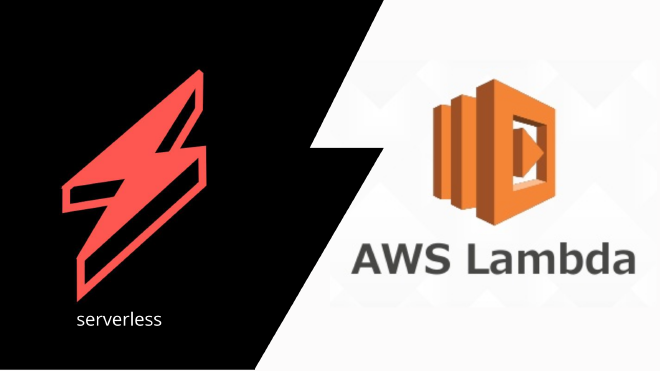
Table of Contents
Serverless computing is a cloud computing execution model in which the cloud provider runs the server, and dynamically manages the allocation of machine resources. Pricing is based on the actual amount of resources consumed by an application, rather than on pre-purchased units of capacity. - Wikipedia
In simple language, serverless means pay only for what you use. You might think there is already a Pay-as-you-go model provided by the cloud providers.
Let me rephrase it, serverless means pay only for what you execute. Serverless doesn’t mean that there will be no server, it means that you don’t have to worry about the server and its setup. Focus on the application logic or in our programming terminology only focus on writing the code or functions.
You can deploy these individual functions to the cloud and whenever this function will execute, only for that execution you will be charged.
Isn’t it great? 😃
Serverless computing concept was first introduced in 2010. AWS Lambda, introduced by Amazon in 2014, was the first public cloud infrastructure vendor with an abstract serverless computing offering.
With the popularity of microservice architecture, serverless is the best option in terms of economics and reliability.
Serverless Framework #
Serverless is an open-source project, introduced in 2015. Serverless provides features to deploy the function to almost every cloud. For ex. AWS, Azure, GCP. Using serverless you can access and manage other cloud services like storage, API gateway, DB etc.
Don’t get confused. Serverless computing or serverless is a concept, while there is a framework or tool also name as serverless.
Getting Started #
To install the serverless, first install the nodejs in the machine.
Go to nodejs.
Install serverless #
Run the below npm command.
npm install --global serverless
Create a nodejs application and deploy on AWS #
Create a new directory hello-serverless.
Open the terminal in the directory and run the below command.
serverless create --template aws-nodejs

This template has created 2 files, handler.js where the function is defined and serverless.yml where serverless deployment configuration is defined.
Open handler.js.
This is a simple function which will return a message.
module.exports.hello = async (event) => {
return {
statusCode: 200,
body: JSON.stringify(
{
message: "Go Serverless v1.0! Your function executed successfully!",
input: event,
},
null,
2
),
};
};
Create an API endpoint for hello function #
Open serverless.yml.
In the provider section, it is aws and by default, its region is us-east-1. It also provides a staging option, you can deploy the project in a different environment like dev, prod or test.
Update the provider section:
provider:
name: aws
runtime: nodejs12.x
stage: dev
region: us-east-1
In the functions, create a new route for the hello function. It will create a new route in the AWS API gateway and link it to the AWS lambda function in which hello function will deploy.
Update the function section:
functions:
hello:
handler: handler.hello
events:
- http:
path: v1/hello
method: get
We have created a http event of GET request type and v1/hello route.
The function is ready and configured.
For deploying it, we need to connect AWS account with the serverless.
Create an AWS account #
Create an account in AWS cloud if you don’t have.
Open the AWS account and go to IAM.
Create a new user with Administrator Access. Using this user, the serverless can create the lambda function and other required resources on the AWS cloud.
Create a new User #
Enter the user name and select the Programmatic access.
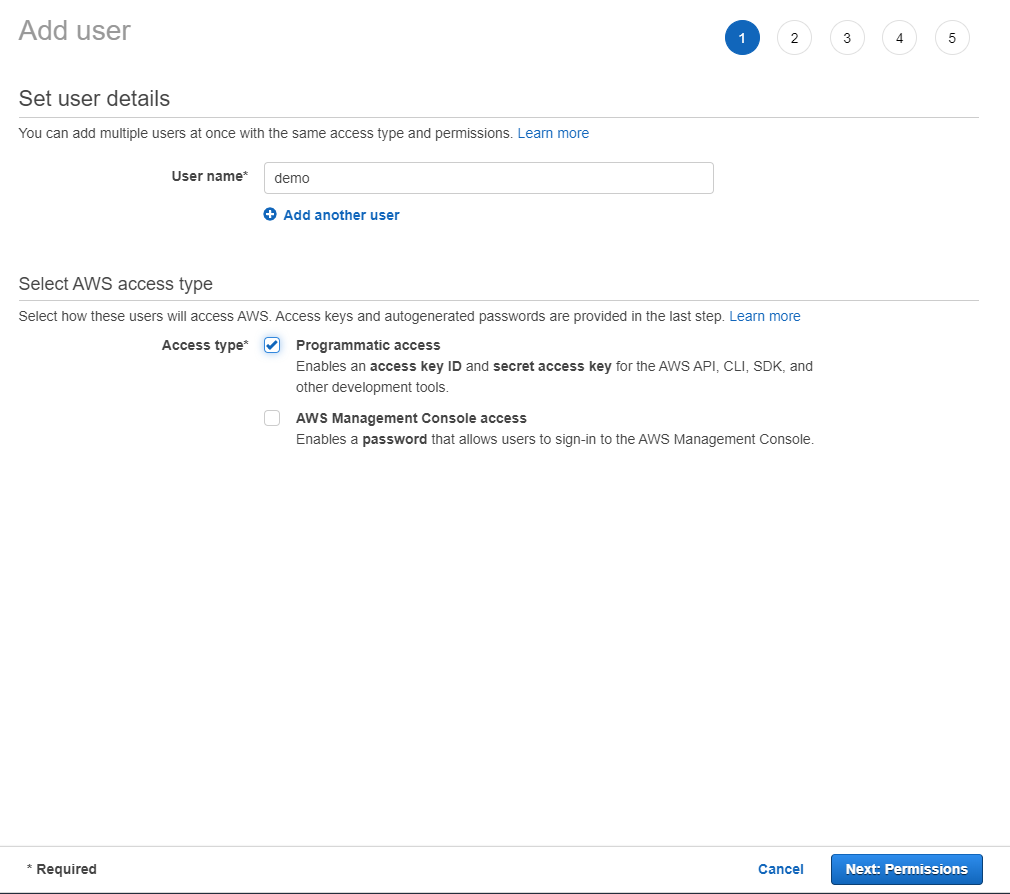
Click Next.
Permissions #
Select the AdministratorAccess.
This is only for the education purpose, in production configure the access according to the requirement.
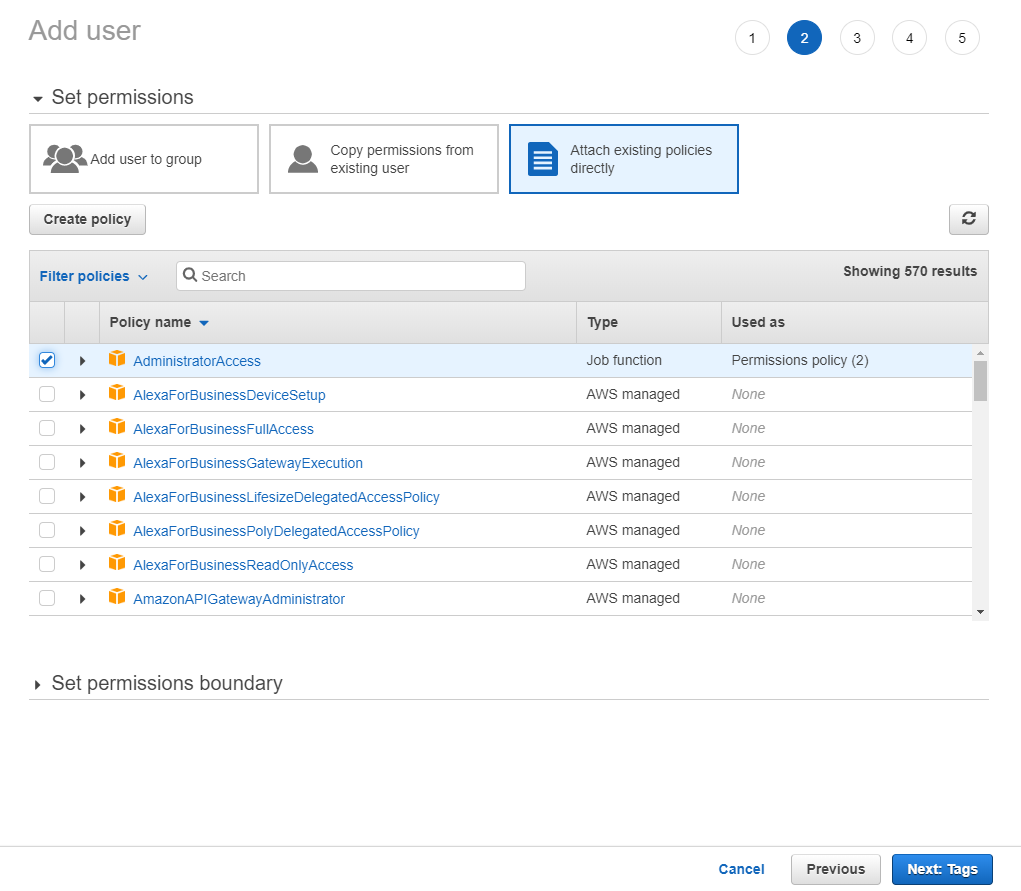
Now, Click Next till review tab and Create the User.

Download the credentials. If you misplace this, then you have to recreate it again. Save it properly. Keep it handy, we need it in the next step.
Deploy to AWS #
Open terminal in the project directory.
Run the below command to connect serverless CLI to AWS account.
serverless config credentials --provider aws --key <ACCESS KEY> --secret <Secret Access key>
❗ Don’t use the shorthand
-sfor secret, it is reserved keyword and will throw a serverless errorInvalid stage name.
Use the below command to deploy the function to the AWS.
serverless deploy
You can use
slsforserverless. It is a shorthand notation.
Once, it deployed successfully, you will get output similar to this.
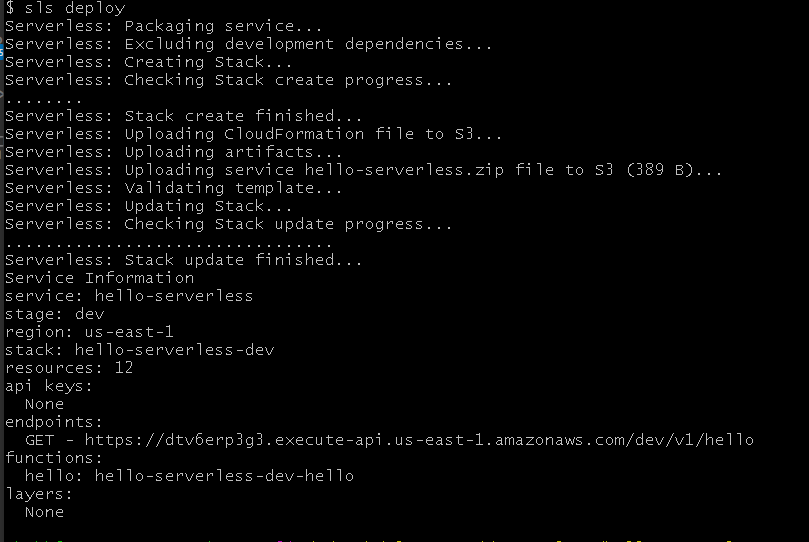
Test the function #
Copy the endpoint from the deploy output.
https://dtv6erp3g3.execute-api.us-east-1.amazonaws.com/dev/v1/hello
Try it in browser.
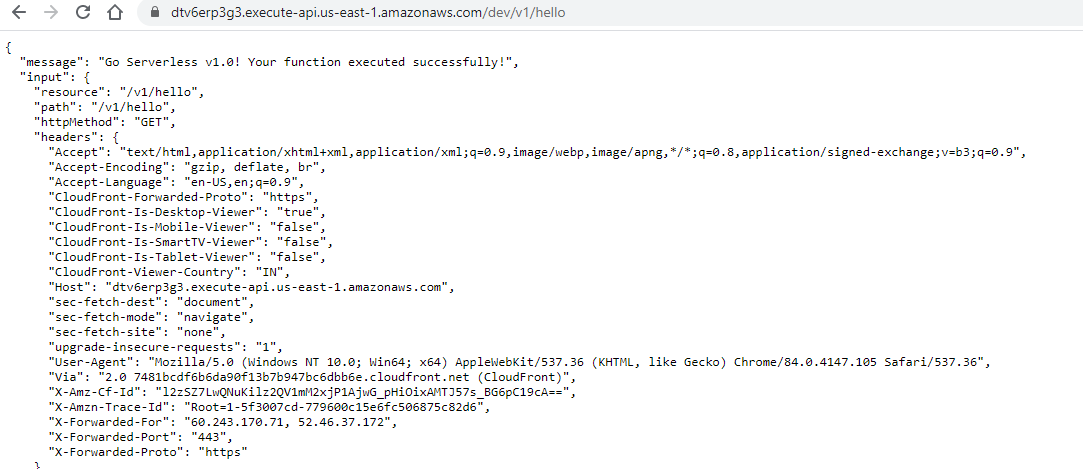
Conclusion #
Serverless computing is economical and reliable but we have should not follow it blindly. All the technologies work best up to a certain limit if we try it beyond that instead of helping it will increase your workload.
We should use it according to the use case and requirement.
The serverless tool is great. Even for a beginner, the learning curve is smooth. In the upcoming tutorials, you will get more projects to play with serverless.
Thanks for reading. 😃
Cover is designed in Canva